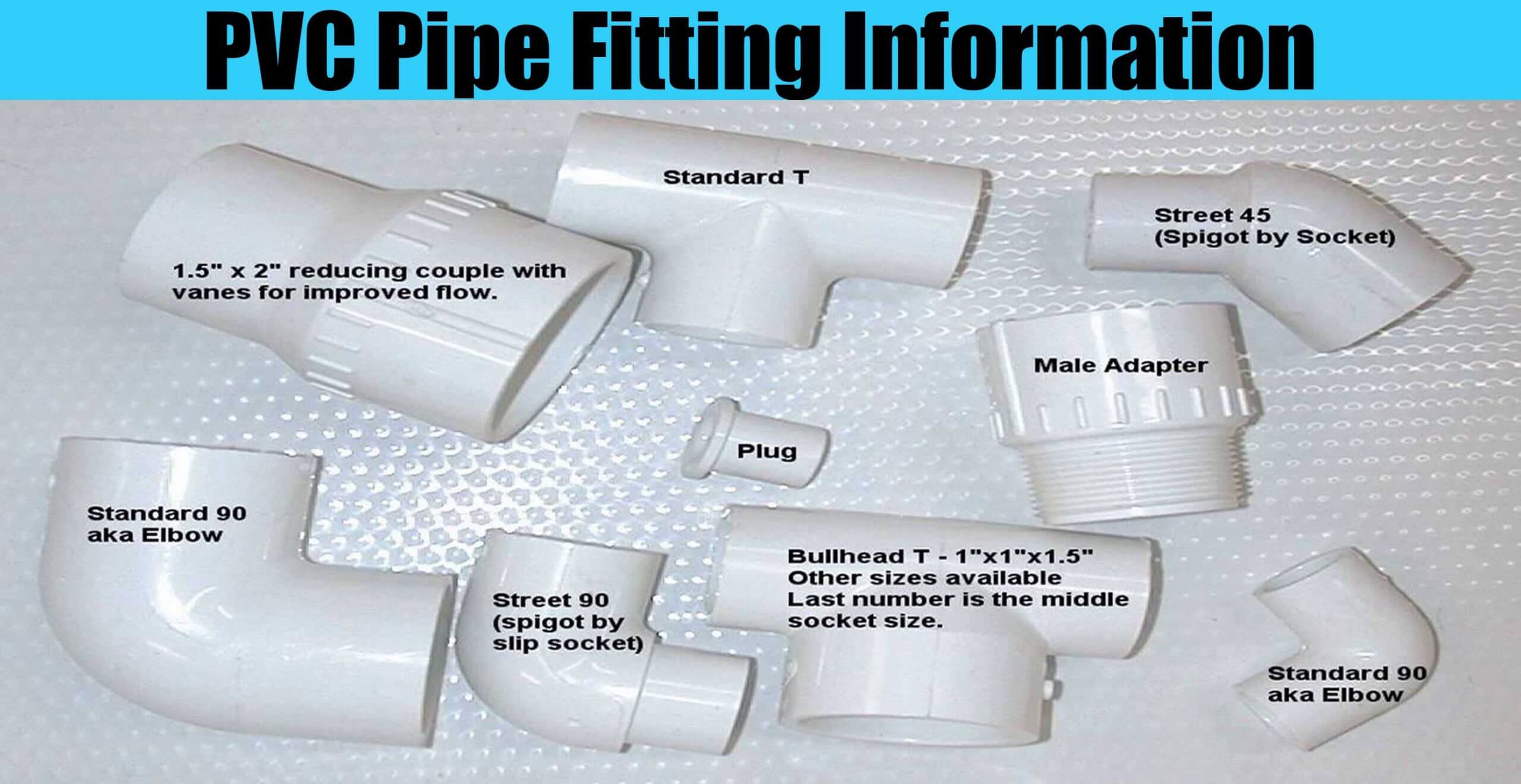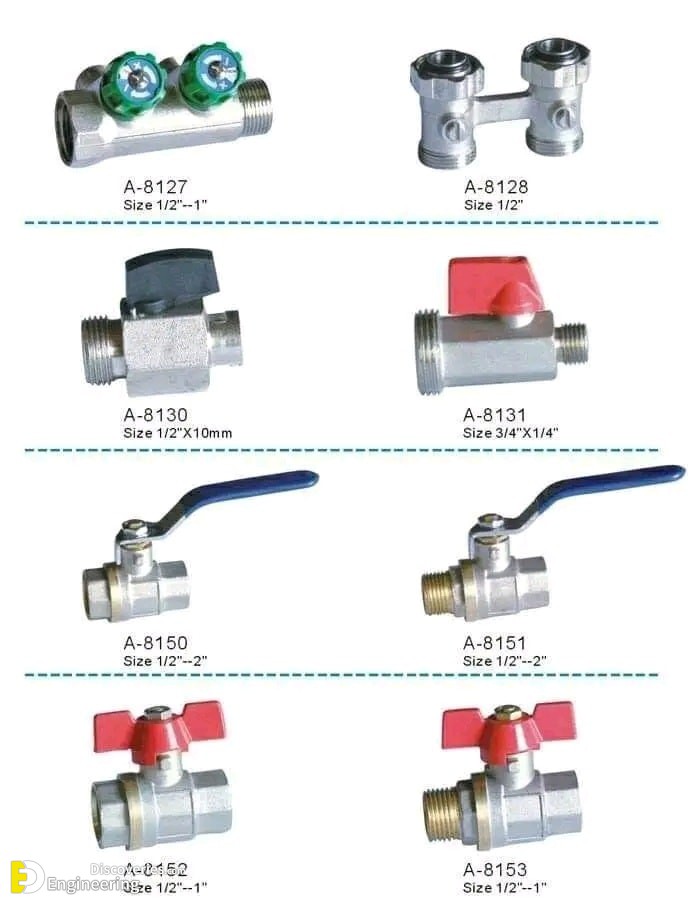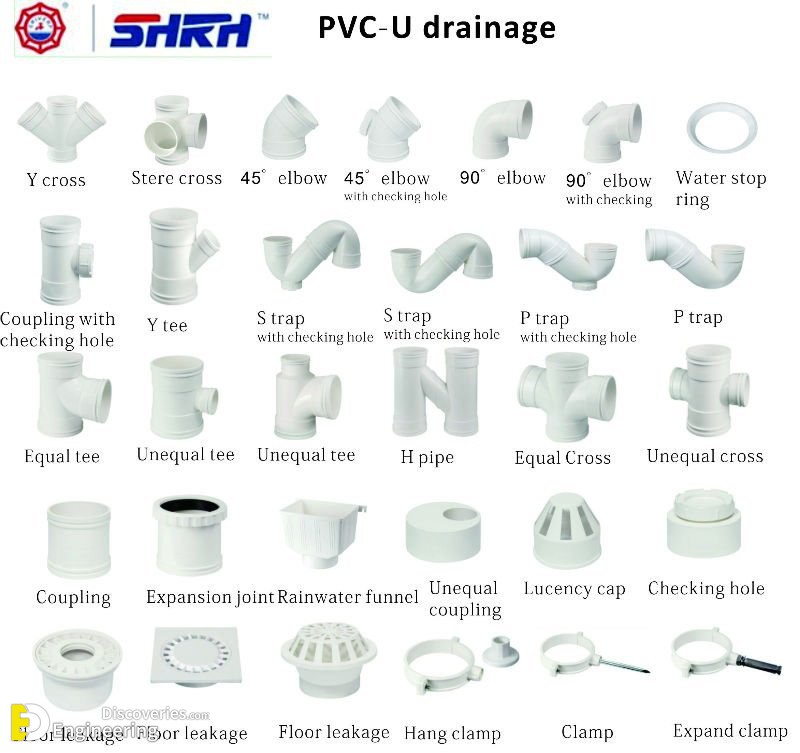Pipe fitting
Pipe fitting is the occupation of installing or repairing piping or tubing systems that convey liquid, gas, and occasionally solid materials. This work involves selecting and preparing pipe or tubing, joining it together by various means, and the location and repair of leaks. Pipe fitting work is done in many different settings:
HVAC, manufacturing, hydraulics, refineries, nuclear-powered supercarriers and fast-attack submarines, computer chip fabrication plants, power plant construction, and other steam systems. Pipefitters (sometimes called simply “fitters”) are represented in the US and Canada by the United Association of Journeymen and Apprentices of the Plumbing and Pipe Fitting Industry of the United States and Canada.
PVC pipe
PVC pipe is made from polymerized vinyl chloride, a synthetic resin when plasticized or softened with other chemicals has some rubber-like properties. Derived from acetylene and anhydrous hydrochloric acid. Our PVC pipe has nominal sizes that are to be used with PVC socket fittings (schedule 40) and PVC socket or threaded fittings (schedule 80). All PVC socket fittings are designed to go on the outside of the pipe, not the inside.
Steps for How to Identify PVC Pipes and Fittings
1- Richard explains that for drainage in the U.S., we typically use white PVC pipes (and occasionally black ABS pipes). They come in a variety of sizes, ranging from 1/2-inch to 5-inch.
2- Richard says the standard for joining two PVC pipes is a coupling for a straight fitting.
3- However, if angles come into play, you’ll choose from several different degrees including 22, 45, 60, and 90.
4- When fitting three pipes together, plumbers usually use a tee. Sometimes a wye fitting is needed.
5- Use a double tee to connect multiple sinks to the same drainpipe. There’s also a double wye fitting which is comparable to the double tee.
6- All of these fittings and pipes can be found at the home center or a plumbing supply store.
For more information watch this video


















